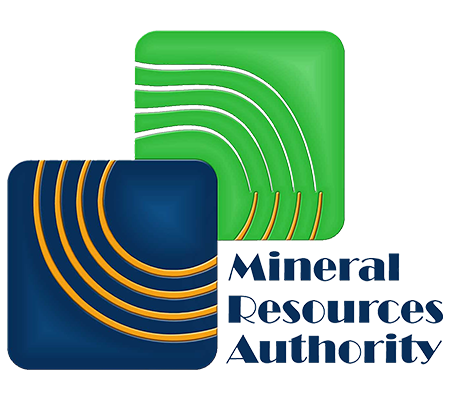PNG MINING HISTORY
This movement led to the discovery of large quantities of gold in the History of Mining in PNG (extracted from “Not a Poor Man’s Field”, by Michael Waterhouse, 2007)
PNG has a long and strong relationship with gold mining since the 19th century, in 1852 when naturalist John Macgillivray found gold flakes on pottery in Redscar Bay, now Central Province. The first extensive search for gold occurred in 1888 in the Louisiade group of islands, Milne Bay Province. That led to discoveries in much publicized areas such as the Woodlark, Misima and the Sudest islands. The thought that there is gold on the islands and much more could be found on the mainland pushed prospectors/miners onto the mainland.
From the islands to the mainland. The earlier searches for gold was in Buna and along the Gira & Yodda rivers, Northern Province, and as miners move further inland in search for more prospective sites, ended up in the Waria river, in the Morobe Province. Movement inland was in the areas between the East Cape of Milne Bay and the Huon Gulf of Morobe Province. Other miners were making their way up the Lakekamu area streams in the Gulf Province, towards the Kukukuku land, (Menyamya area, Morobe Province). They were following the trails of gold along rivers and streams/creeks, wanting to find the sources of the gold in the head-waters.
Eddie and Koranga Creeks. The start of a gold rush into the Wau-Bulolo regions, eventually led to a large-scale dredging mining operation. Miners were given prospective & mining ordinances (equivalent to current exploration & mining licenses), all supported by Australian Government. The Bulolo Gold Field, as it was called, was one of the world’s largest gold mining operations in the early 1900s.
Modern and current mining operations in PNG commenced with the Panguna mine on Bougainville Island in 1972. This was followed by Ok Tedi in Western Province, Misima, Porgera, Lihir and the other smaller to medium scale mines such as Tolukuma, Sinivit, Simberi, Hidden Valley Eddie Creek, Crater mountain and Kainantu (old Kainantu and the new one referred to as K92).
WHAT TO KNOW BEFORE ENGAGING IN BUSINESSES IN THE MINING SECTOR OF PAPUA NEW GUINEA
The Mining Act 1992 is the principle legislations any investor must be familiar with before engaging in any mining and related businesses. It governs the tenements systems and related activities, and is read concurrently to others legislations such as the Mining (Safety) Act 1977.
Land in which the minerals are explored or/and mined are owned under Customary Ownership; land owned by the local landowners. Therefore to access these lands, explorers, miners and developers must acquire Tenements. Tenement Processes in mining and related business in Papua New Guinea is controlled by the Mining Act 1992. To enable transparency and efficiency in these processes, the tenements are administered and managed by Trimble Tenements Management Systems. The Tenements Management System is administered by the Mineral Resources Authority, the government’s regulatory institution in the country, and is managed by the Tenements Branch Therefore it is advisable that anyone interested in conducting businesses in the mining sector be savvy or appreciates the Mineral Resources Authority Act 2005.
Be a Registered Business Entity
Any company either registered locally or internationally can conduct businesses in the mining sector, in Papua New Guinea. Registration of a business in Papua New Guinea is the responsibility of the Investment Promotions Authority (IPA).
FISCAL POLICY
- Income tax rate of 30%
- Dividend withholding tax of 10%
- Royalty of 2% on net smelter returns
- Declining balance depreciation of 25%
- Fiscal stability is available now for a financing period
- No additional profit tax
- No capital gains tax
- No restrictions on repatriation of profits
- 100 % foreign ownership allowed through exploration
TENEMENTS APPLICATION
The tenements application is the first step to acquiring rights to access land areas in Papua New Guinea for mineral exploration. Please complete Exploration Licence Application Form with necessary supporting documents and submission on a first come first serve basis, in person to the Registrar of Tenements, at the Mining Haus, Konedobu, Port Moresby.
See Process of Tenements Application . For more information, contact the Registrar’s office via info@mra.gov.pg
